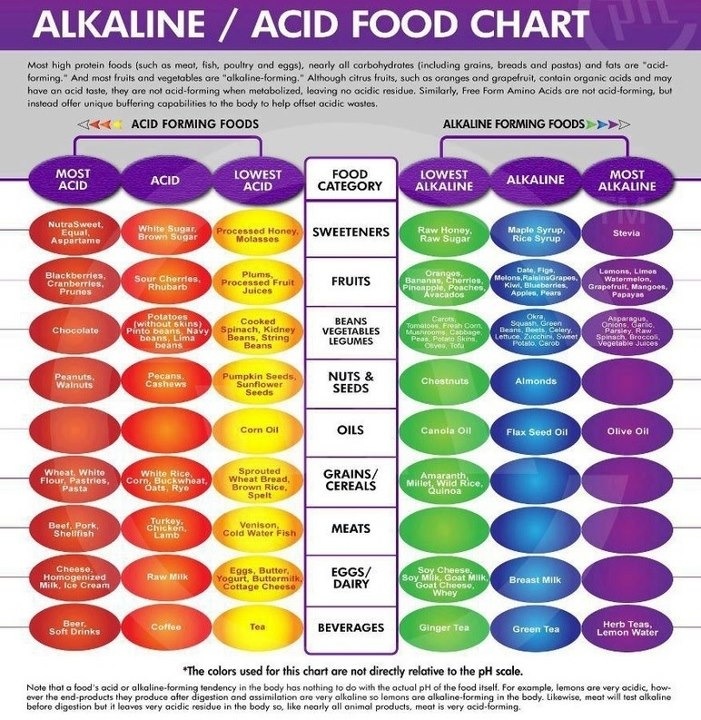By Susan Lutz
New theories are always popping up to propose better methods for managing our bodies. We’ve watched the diet cycle blow in with the newest scientific data only to blow out again. Diets create a problem the minute they start because they are a one time solution. Changing the way we eat is the bottom line of changing health.
The “alkaline diet”, as it’s commonly known, lures a lot of people into the idea that having high pH levels will eradicate disease and sickness and improve overall health. Stars picked up on this way of eating and it’s been all over the media. As with any diet or change in eating habits, I’ve found that failure comes around just as I probably make strides.
I learned about maintaining a higher pH level from an acupuncturist when treating health issues for one of my children. This was way before it became trendy. I implemented as much green eating as I could, and there were definitely results. I took green seriously. Eating agendas look great in the beginning: new, colorful, and full of spark and promise. However, it gets tough when the sugar cravings kick in. With kids it’s even tougher.
Undertaking a strict alkaline way of living probably won’t work for kids unless you have a lot time to spend at home chopping and blending and creating cute food that contain all of the necessary green foods. The alkaline approach does make sense, but ultimately it’s stressful to keep up. So I’ve found some tricks to keep up the green, despite my off days.
Here are a few things I do to keep our green going:
- Juicing – fresh vegetables in the morning. Very light on the fruits and almost all veggies starts the day with a green blast. My kids look forward to it.
- Lemons – a great way to alkalize the body and help out during the day. I can drink it straight; my kids get Stevia.
- Chlorophyll – yes, that chlorophyll. They’ve bottled it. It’s touted to have many benefits such as controlling hunger, easing Candida, and keeping the body’s pH balance in line. It comes in so many forms; choose tablets, liquid, and even mint-flavored.
- Blue-green algae – touted as a super food. Some are wild for this food. It’s chock full of green, even protein. Again- choose pills or powders.
- Seaweed – Many to choose from and most are very high in alkaline such as wakame or dulse. I slip them into smoothies and salads.
- Sea salt – water can be enhanced super quickly into a higher alkaline drink by adding a bit of sea salt. Makes the water taste better, too. (And kids don’t even notice it!)
Even those who regularly utilize alkaline/acidic information debate over which foods are alkaline and by how much. Some say to stay away from most fruit while others disagree. Most agree on the foods rated highest, such as cucumbers and meat. The idea is to maintain about a 7.5 level for optimum health. Health opinions differ, stating that our body keeps track of its own pH level. It’s easy to get a box of pH strips to test your current level. Those that argue for the alkaline diet say that if we don’t give our bodies enough green, our body takes it from other places. Proponents of the alkaline way of living recommend eating 70-80% alkaline.
As with any diet, many are for it and many are not. I do not see the alkaline way of living as a “diet” but rather as a way of living. If I were able to maintain the strictest aspects of the diet, I’d be thrilled. But I live in the real world; I get hungry, have a limited budget, and only so much time. Eating green, in almost all diets, seems to be the key to good health. Choosing more organic, fresh, and less-cooked foods can only help your health. It gives you a chance to live longer with a greater quality of life. Implementing these practices over time and deeply changing how we eat as a community will benefit a green world on the inside and the out.


